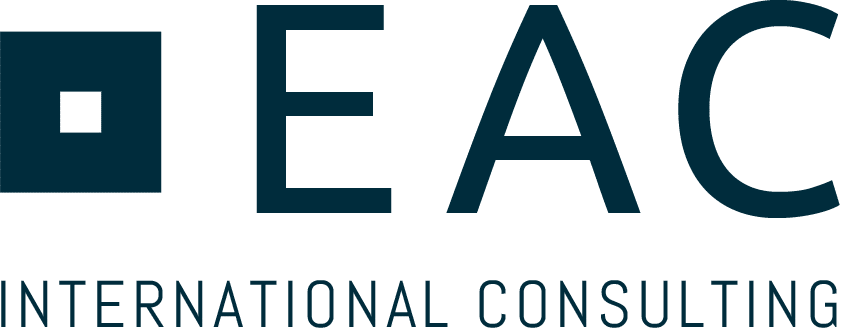In the dynamic Chinese market, distributors are often ‘gatekeepers’ to drive growth. EAC experience shows that many foreign companies are faced with complex distribution challenges in China, ranging from reliance on legacy distributors, lack of transparency to e-commerce exposure. Choosing the right distribution approach and managing distribution partners most efficiently is crucial to succeed in China.

Distributors are often ‘Gatekeepers’ for Growth in China
Foreign companies face a range of challenges when managing their distribution setup in the vast Chinese market:
- Reliance on Legacy Distributors
- Unstructured selection of only one general distributor
- Lack of critical review and frequent benchmarking
- Low Distributor Capabilities
- Lack of financial support from distributors
- Lack of product/ technical expertise and capabilities to provide service
- Limited Experience in New Channels (e.g., E-Commerce)
- Missing understanding of key growth channels (i.e., e-commerce, social commerce)
- Unclear alignment on opportunities and responsibilities of distributor(s)
- Poor Distributor Incentivization & Motivation
- Missing transparency of industry incentivization standards
- Lack of distributor incentivization concepts
- Lack of Market and Data Transparency
- Distributors work independently limiting channel, accounts & POS transparency
- No access to valuable end-customer data (i.e., e-commerce and offline sales)
- Unclear (End Customer) Pricing
- Lack of pricing transparency throughout the distribution chain (online and offline)
- Lack of enforcement of pricing policies
Strategic Questions & Success Factors for Distribution in China
Distribution Strategy: Clear formulation of distribution strategy and selection of best-fit partners
- Have we selected the right distribution business model?
- How to assess and select right distributors according to our product portfolio and
- business model? How are they performing against others?
- How to evaluate the distributor’s motivation fit to company’s business model and company culture?
- How can we best access and use end-customer data (online and offline) for our business model and product portfolio decisions?
Distribution Management: Development and implementation of tailored distribution processes and tools
- How to incentivize and motivate distributors according to their performance (monetary and non-monetary)?
- How to avoid regional distribution conflicts?
- How to monitor distributor’s performance? What are thresholds for replacing distributors?
Channel Transparency: Distributor sell-out transparency that enables management and control of end-customer needs
- Who are my end-customers and which products are they buying?
- Many B2C brands e-commerce sales accounts for >50% of China sales – do we participate in growth potential with our current set-up?
- Which online channels (B2B and B2C) are the most relevant for each product? Should online channels be managed by distributor or separately?
- How to deal with counterfeits and grey markets in my distribution model?





